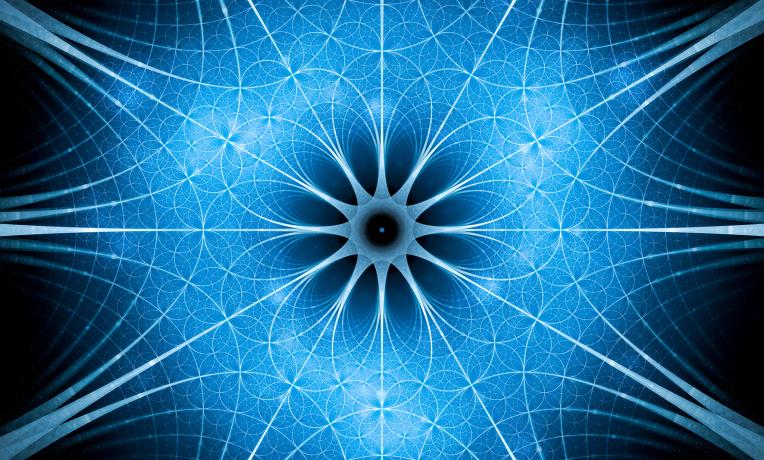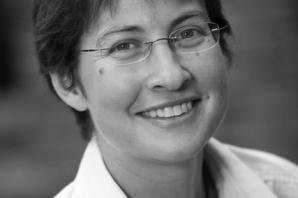Understanding the deformation spaces of geometric structures
Funded by the ERC, Prof. Anna Wienhard studies several new geometric forms that have been discovered over the past 20 years. These structures are closely related to the generalisation of Teichmüller space, which describes how the surface of a pretzel can be endowed with the geometry of an Escher painting.

Topologically, a surface is classified by its genus, which is determined by the number of holes in it. A sphere with no holes has genus zero, whereas a donut is genus one and a pretzel genus three. If the genus is greater than one, the uniformisation theorem states that the surface be endowed with a hyperbolic structure.
There are an infinite number of ways of endowing such a surface with a hyperbolic structure. Known as the Teichmüller space, this is a prime example of a ‘deformation space’ of geometric structures. In general, a deformation space describes all possible ways in which a given topological manifold can be endowed with a given geometric structure. Prof. Wienhard is investigating such deformation spaces, in particular, those related to higher Teichmüller spaces.
Higher Teichmüller spaces are connected components of the variety of representations of the fundamental group of a surface into a semi-simple Lie group, which consist entirely of discrete and faithful representations. There are two families of higher Teichmüller spaces: Hitchin components, defined for split real Lie groups; and maximal representations, defined Lie groups of Hermitian type.
Researchers recently discovered the underlying structure, which explains why there are Teichmüller spaces for some groups but not others. “This underlying structure is a new notion of positivity in semi-simple real Lie groups, which at the same time generalises the concept of total positivity and the Lie semi-groups of Lie groups of Hermitian type,” says Prof. Wienhard.
According to her, this new notion of positivity raises additional questions. “Total positivity plays a role in many areas of mathematics and has applications in, for example, statistical mechanics,” she says. “I think the new positivity will be a big part of this project’s legacy, and I want to explore if our notion provides new approaches for applications.”
Anna Wienhard is a Full Professor at the Mathematical Institute of Heidelberg University, and a group leader at the Heidelberg Institute of Theoretical Studies (Germany). She is a Fellow of the American Mathematical Society. Her research is at the interface between geometry, topology and algebra. She investigates moduli spaces of geometric structures.


